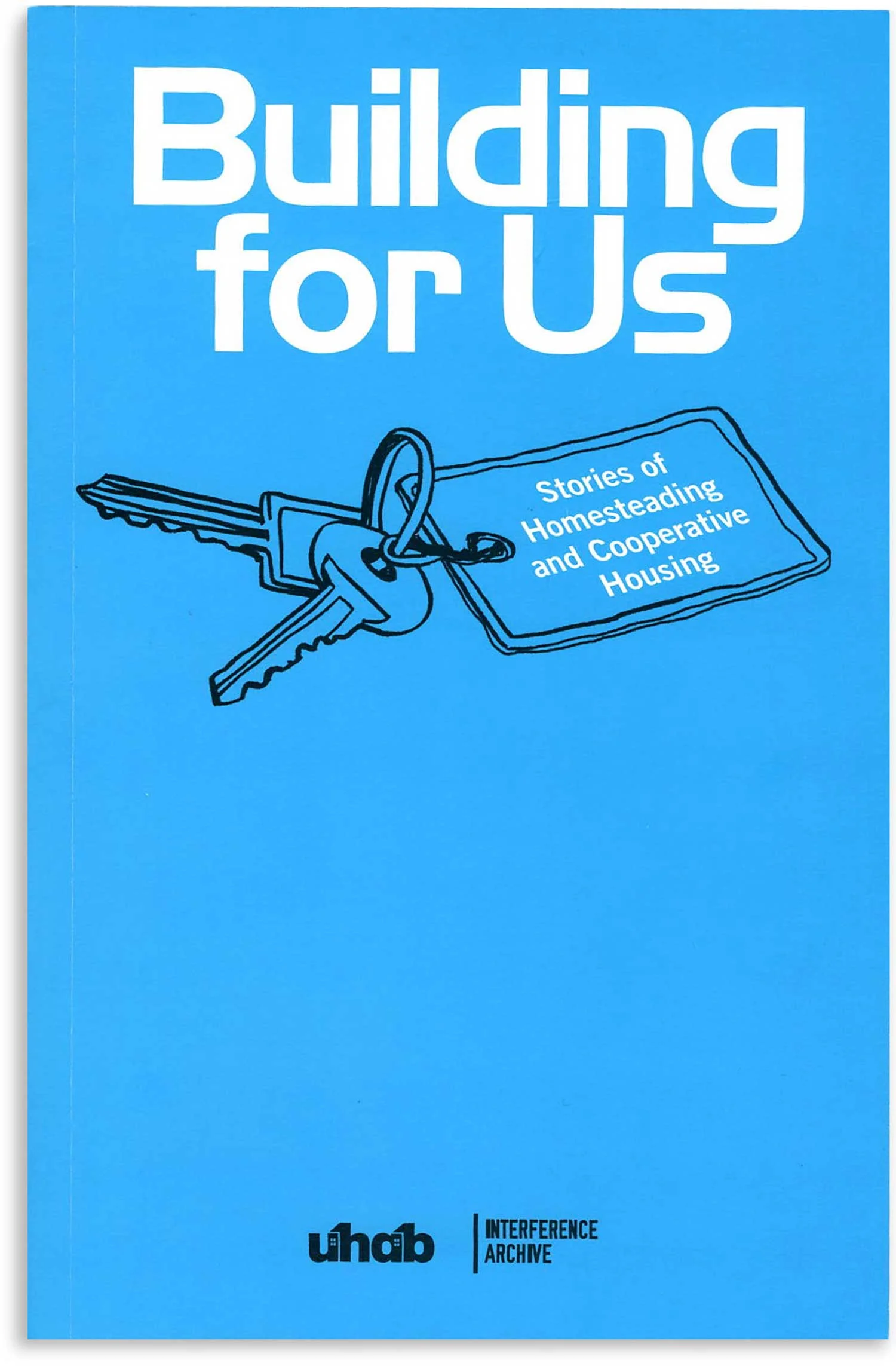Fraternal Purpose in the Establishment of Tammany’s “American Museum”
By Timothy Winkle
On May 21, 1791, a notice appeared in New York’s Daily Advertiser, announcing the opening of what would be the first public museum in the city. It had been established “for the purpose of collecting and preserving every thing relating to the history of America, likewise, every American production of nature or art.” The “generous public” was implored to help grow the collections, an appeal not only to wealthy patrons or men of science, but, in true republican fashion, to the people themselves, for “as almost every individual possesses some article, which in itself is of little value, but in a collective view, becomes of real importance.” It would truly be an “American Museum,” of the people, by the people, and for the people. Unlike other collections of the period, this museum was uniquely created by a fraternal organization, one that most citizens of New York City knew from their parades through the streets, members dressed in supposed Indian garb. The Society of Tammany, or Columbian Order, sought to keep the spirit of patriotism alive in the hearts and minds of the city’s populace, and this museum, “although quite in its infancy,” was born of this same fraternal purpose.
Read More







